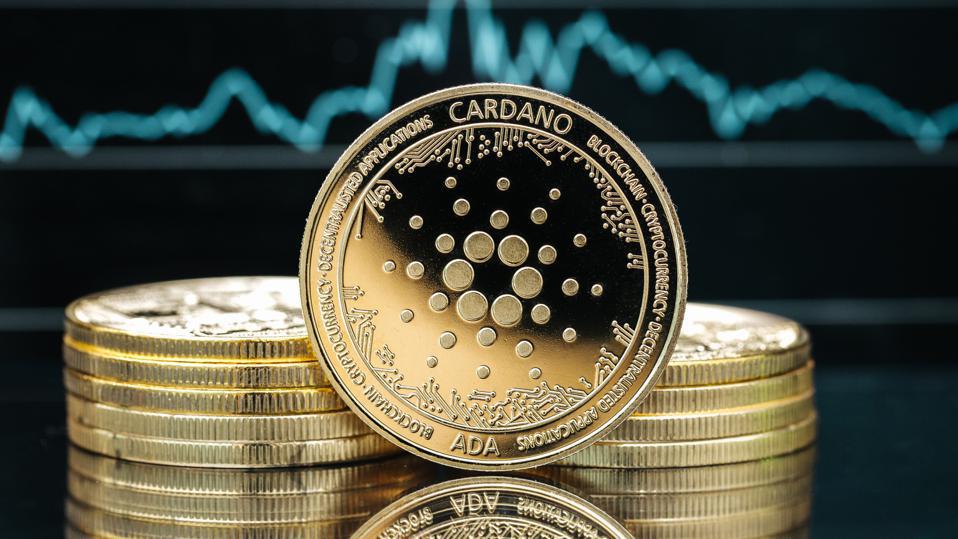
In the rapidly evolving world of cryptocurrency, several other coins have emerged from the shadows of Bitcoin that have become an integral part of the investing journey for crypto traders. Cardano’s ADA is one such coin that shares the light with other prominent altcoins.
Cardano (ADA) is a prominent player in the crypto landscape as it offers a unique approach to blockchain technology. Launched in 2017 by Ethereum co-founder Charles Hoskinson, Cardano aims to provide a secure and scalable platform for developing decentralized applications, more commonly phrased as DApps. Along with aiding in developing DApps, Cardano has also proved instrumental in developing Smart Contracts.
We will look deeper at the technology that drives this famous blockchain project, its consensus mechanism, and its use cases in the real world.
Project Overview of Cardano (ADA)
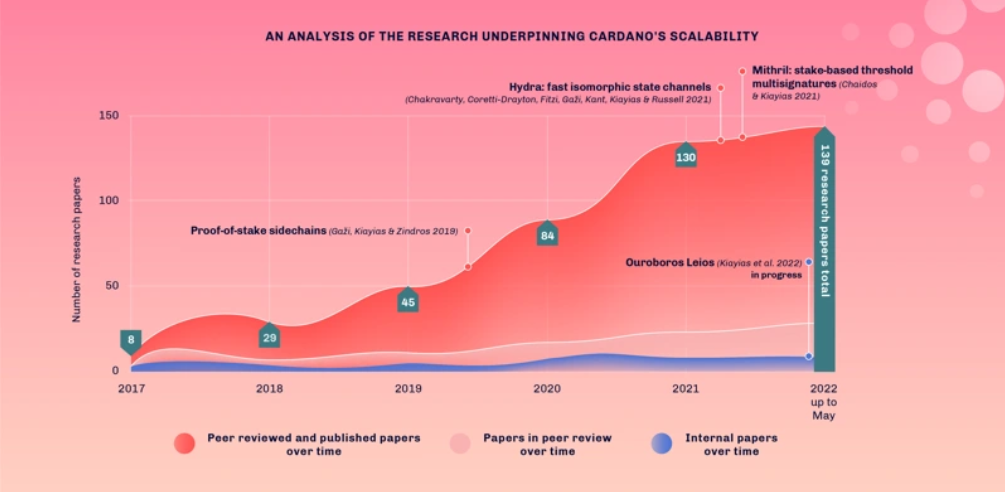
The creators of Cardano have hailed it as a better alternative to Ethereum. Both platforms are used for similar applications like building smart contracts, as mentioned above. However, the developers of Cardano have hailed the project as being a generation ahead of Ethereum in terms of the technology it employs and the research-based methodology it uses to make the project better.
The blockchain platform has also stated that its goal is to provide banking services to those unable to acquire them due to several factors that make them non-eligible according to the traditional financial services criteria. In other words, it is designed to provide banking services to the unbanked and other valuable solutions that make the project more enticing to its user base.
Technical Features
We will look at the technical features of Cardano that distinguish it from other altcoins.
Uniqueness
Cardano (ADA) stands out in the crowded cryptocurrency space due to its unique technological features. One distinguishing factor is its layered architecture, comprising two main layers – the Cardano Settlement Layer (CSL) and the Cardano Computation Layer (CCL). We are going to look at why these features are unique and how they function:
CSL (Cardano Settlement Layer)
- Handles basic transactions and accounting, including sending and receiving ADA (Cardano’s native token).
- Maintains the balances of all ADA holders on the network.
- Provides a secure and immutable ledger for recording all transactions.
- Considers fast and efficient settlement of transactions as its primary function.
CCL (Cardano Computation Layer)
- Powers smart contracts and decentralized applications (dApps) built on the Cardano platform.
- Provides a secure environment for executing complex computations and logic.
- Enables developers to create innovative applications across various sectors like finance, supply chain, and voting systems.
- Focuses on enabling complex functionalities and customization through smart contracts.
These two individual layers allow for increased flexibility and modular updates, promoting easier maintenance and system upgrades without compromising security.
Scalability
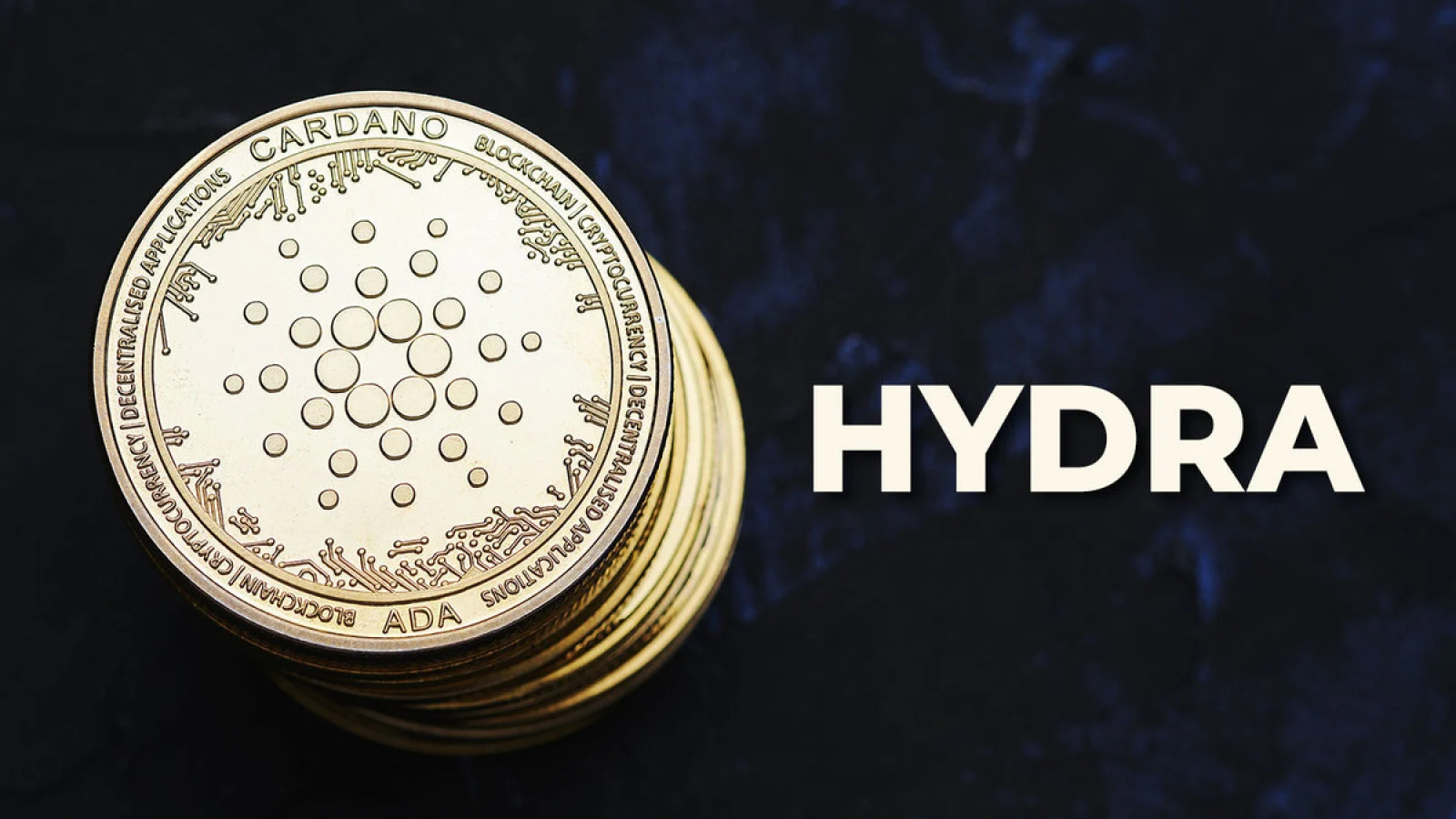
Any blockchain project must have one defining characteristic: increased scalability. It has become a concern for many blockchain developers, who strive to make their projects as scalable as possible.
Cardano utilizes different solutions to achieve increased scalability. We have already mentioned the layered architecture Cardano uses to accomplish this feature.
Other notable platform-specific features include the consensus mechanism Cardano employs called Ouroboros, which is a proof-of-stake mechanism that we will discuss in the later section.
Hydra-Layer-2 scaling is another off-chain solution that acts as a sidechain to the main Cardano blockchain. It processes large volumes of transactions off-chain, like micropayments or in-game purchases, significantly reducing the load on the main chain and boosting overall throughput.
Comparison
Most cryptocurrency projects are designed with a specific use case in mind that the developers intend for that crypto project to serve. These are the use cases that set some crypto projects apart from others. Cardano also distinguishes itself from other cryptocurrencies like Bitcoin and Ethereum due to its unique solution to different industry problems.
Cardano vs Bitcoin
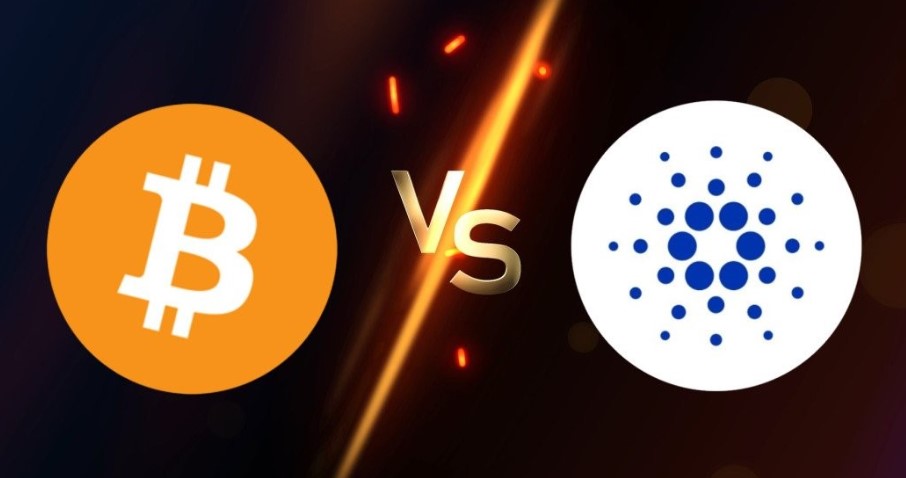
There are many vital differences between Cardano (ADA) and Bitcoin (BTC). Bitcoin was designed to serve as a peer-to-peer payment system that utilizes a Proof-of-Work consensus mechanism to validate transactions.
On the other hand, Cardano is more focused on providing solutions like developing DApps and smart contracts. Its consensus mechanism also differs from Bitcoin’s as it utilizes the Ouroboros consensus mechanism based on Proof-of-Stake.
Contrary to Bitcoin, Cardano doesn’t reward its cryptocurrency as an incentive in the mining process. The elimination of rewarding crypto makes Cardano more environmentally friendly, along with its PoS mechanism, compared to Bitcoin, which rewards miners for validating a block. Still, the mining process is more energy-intensive.
Cardano vs Ethereum

Cardano (ADA) and Ethereum (ETH) differ in their approaches to scalability and development. Cardano’s layered architecture, separating core transaction processing from smart contract execution, allows for independent scaling of both aspects.
Ethereum, relying primarily on on-chain solutions like sharding, faces potential throughput limitations. Similarly, their development philosophies are also different from each other.
Cardano’s research-driven approach prioritizes security and stability, while Ethereum is more focused on rapid innovation, which potentially comes with a risk of higher cost.
Cardano is still expanding its ecosystem and has faced criticism from blockchain enthusiasts for its slow upgrade pace due to its research-driven methodology. Ethereum is a mature platform with a vast existing network and established applications compared to Cardano.
Consensus Mechanism
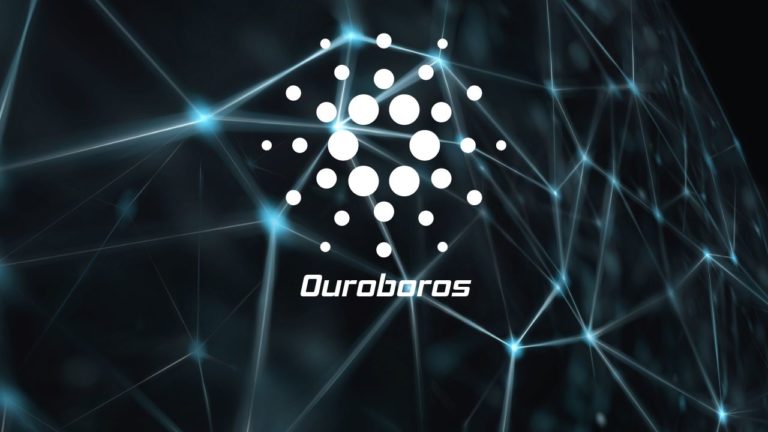
As mentioned earlier, Cardano’s consensus mechanism is called Ouroboros, which operates on a proof-of-stake (POS) protocol. In PoS, validators are chosen to create a new block based on the amount of cryptocurrency they hold.
The PoS is hailed for being more energy-efficient as it reduces the environmental impact compared to the PoW mechanism. It is also instrumental in increasing the scalability of the network.
Ouroboros introduces two concepts unique to the Cardano blockchain called Epochs and Slots.
Epochs are fixed-length periods in Cardano’s blockchain. They divide time into predictable phases, acting like chapters in a book. Each epoch lasts a specific duration (currently five days) and provides a clear timeframe for various blockchain activities.
Slots subdivide epochs into smaller units, each representing a designated time slot for producing a block. They introduce order and ensure a steady flow of block creation throughout the epoch.
Use Case and Adoption
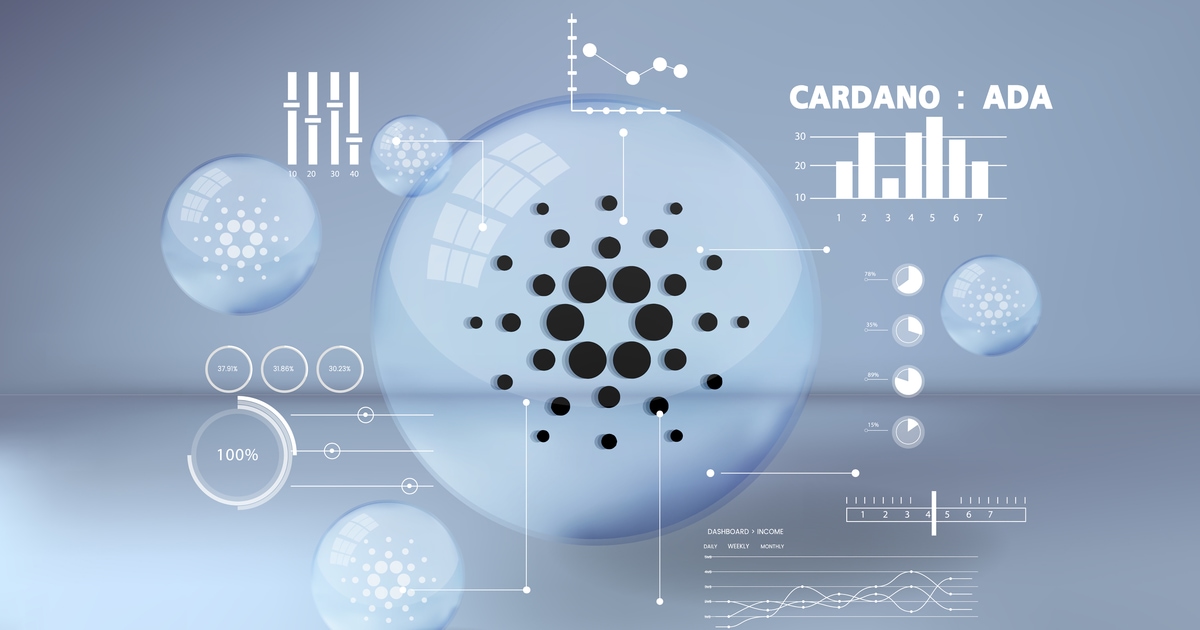
A cryptocurrency project garners more attention if its design philosophy includes solving real-world problems or providing tangible solutions to real-world use cases.
The popularity of Cardano has also been associated with what types of use cases it serves. One notable application of Cardano is in the financial sector, where it aims to provide a secure and transparent platform for handling digital transactions.
The other primary solution it provides is interoperability between different blockchain systems, which is instrumental in ensuring seamless communications between blockchains. In the financial industry, where diverse systems must collaborate securely to ensure no confidential data is leaked, such characteristics are beneficial and highly sought after.
Cardano’s emphasis on formal verification, a mathematical method for ensuring code correctness, adds an extra layer of security and reliability to its applications.
Beyond finance and interoperability, Cardano also serves various objectives involving processes like Supply chain management, where tracking information related to any goods is essential to maintain a comprehensive tracking record.
Noteworthy Partnerships
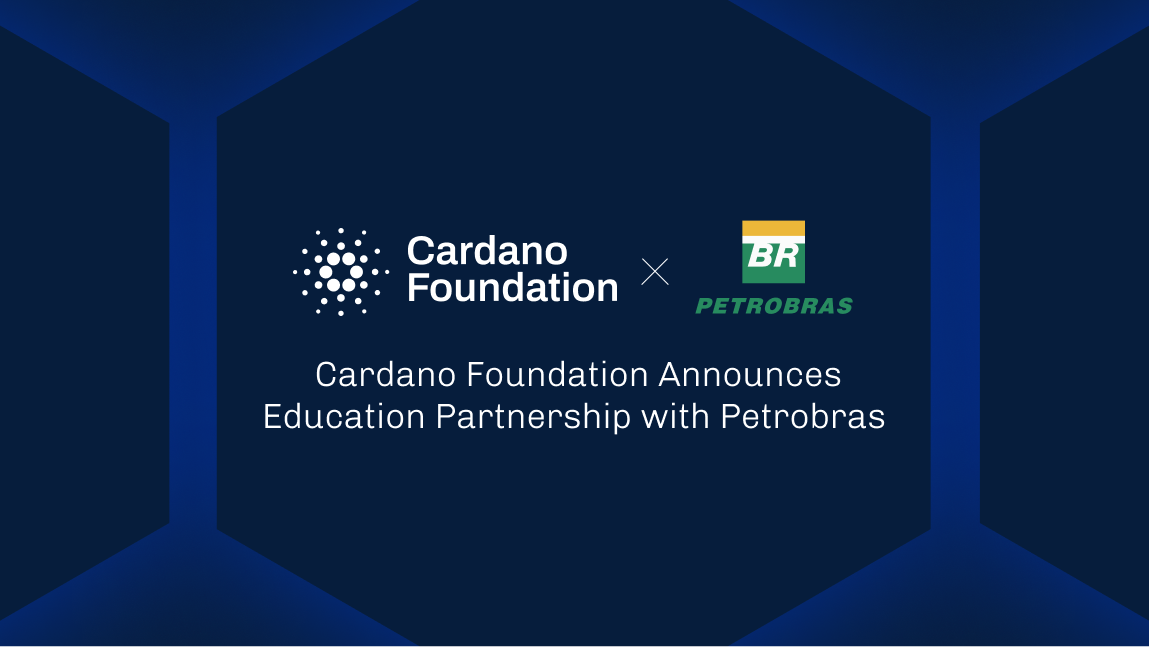
Cardano has found practical applications in identity management and traceability across various sectors.
Notably, renowned footwear manufacturer New Balance partnered with the IOHK (the engineering company behind Cardano blockchain) team in 2019 to leverage Cardano, allowing customers to verify the authenticity of their prospective sneaker purchases.
Additionally, the Ethiopian Government adopted the Cardano network in 2021 to implement an identity solution for schools.
In December 2023, the Cardano Foundation unveiled a significant collaboration with Petrobras, the state-owned oil company in Brazil.
The strategic partnership aimed to offer blockchain education and delve into potential technological applications within the energy sector. As part of the arrangement, the Cardano Foundation was tasked with conducting blockchain education workshops for Petrobras, benefiting their extensive workforce of 45,000 employees.
Tokenomics
Tokenomics is the study of all the factors that influence the value and utility of a cryptocurrency token.
Native Token
Cardano’s native cryptocurrency, ADA, plays a central role in the platform’s ecosystem. ADA serves as a medium of exchange within the network and a means of participating in the platform’s proof-of-stake consensus mechanism.
Supply Details
Cardano has a fixed maximum supply of 45 billion ADA. Maintaining fixed supply helps in preventing inflation and incentivizes holding ADA. According to data from CoinMarketCap, the circulating supply of ADA stands at 35.3 billion ADA (when writing the article).
The initial distribution of ADA was divided among several entities, with 57.61% reserved for the ICO participants. The Cardano Foundation, EMURGO (a founding entity of the Cardano blockchain), and IOHK took hold of 30.86% of the supply. The rest of the 11.52% of the supply was reserved for the team and advisors of the blockchain project.
Some other essential tokenomics details regarding ADA include:
- Inflationary model: Cardano (ADA) has a controlled inflationary model with a current emission rate of around 0.3% per epoch (about five days). The inflation gradually decreases over time, eventually reaching 0%.
- Staking rewards: Cardano (ADA) holders can participate in staking their tokens to secure the network and earn rewards. The annual staking reward rate is currently estimated to be between 5% and 6%.
- Transaction fees: Transactions on the Cardano network incur small fees paid in Cardano (ADA). These fees are distributed to stake pool operators as rewards for their contributions to the network.
- On-chain governance: Cardano (ADA) holders can participate in on-chain voting to propose and vote on changes to the Cardano protocol. Such an aspect ensures that the network remains flexible and adapts to the needs of its users.
Challenges and Concerns
Despite having notable use cases and modern solutions to different problems, Cardano has its fair share of challenges.
The current development phase of the blockchain project is a concern. The project’s emphasis on conducting thorough research while ensuring security is the main culprit behind the slow progress of Cardano, which is something they want to address, mainly since its competitors are focusing on faster-releasing upgrades.
While the Cardano ecosystem is growing, it needs more diversity of dApps and DeFi protocols compared to mature platforms. Attracting more developers and building a vibrant ecosystem is crucial for long-term sustainability.
Future Potential
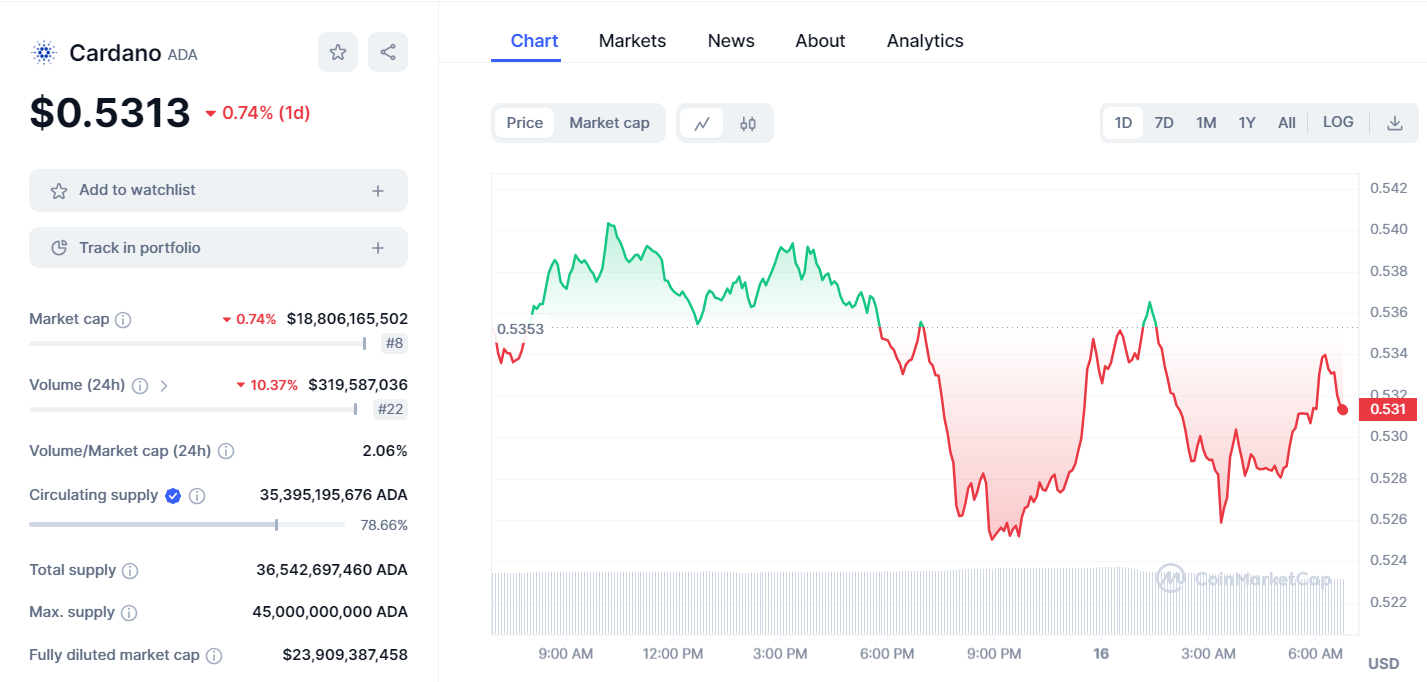
Due to the finite supply of ADA coins, Cardano proves resistant to inflation, relying on the anticipation of growing demand as development progresses.
The security of the Cardano blockchain is attributed to its decentralized nature and scalable layered architecture. These technical features set Cardano apart as a distinctive coin with considerable potential.
The success of Cardano (ADA) is also contingent on the quantity and quality of DApps and smart contracts developed on its blockchain.
A comprehensive peer-reviewed research process ensures the blockchain’s stability and durability. The rigorous approach will further solidify Cardano’s position as a unique and promising cryptocurrency.
Price Speculation
Predicting the future price of any cryptocurrency involves multiple factors, and Cardano is no exception. Applying a basic formula – price prediction multiplied by circulating supply equals market cap – can provide a theoretical estimate.
However, it’s crucial to note that the cryptocurrency market is highly dynamic and influenced by numerous unpredictable variables. Comparing this potential market cap to Cardano’s all-time high market cap offers a glimpse into the coin’s growth trajectory.
Cardano’s future potential extends beyond the value of its native token. As a blockchain platform, its success hinges on continued innovation, strategic partnerships, and adaptability to emerging industry trends.
The market’s response to its advancements, real-world adoption, and ongoing developments will significantly influence Cardano’s trajectory in the coming years.
Conclusion
From a technical standpoint, Cardano’s Ouroboros consensus mechanism is committed to scalability and energy efficiency. Its unique approach to layered architecture and interoperability positions it as a versatile platform for decentralized applications.
Real-world adoption is a cornerstone of Cardano’s vision, evident in its partnerships with governments and institutions. By addressing challenges transparently and emphasizing long-term solutions, Cardano navigates the complexities of the blockchain industry.
As ADA plays a central role in Cardano’s ecosystem, understanding its tokenomics is crucial for investors. The capped supply and early distribution strategies align with the project’s commitment to decentralization and inclusivity.
Note: The article is written to inform readers about the Cardano (ADA) cryptocurrency project. The purpose of this article is not to provide financial advice regarding the cryptocurrency project. The cryptocurrency market is volatile and unpredictable, and to invest in it, you need to do your due diligence, conduct thorough research, and employ various technical analysis techniques.




